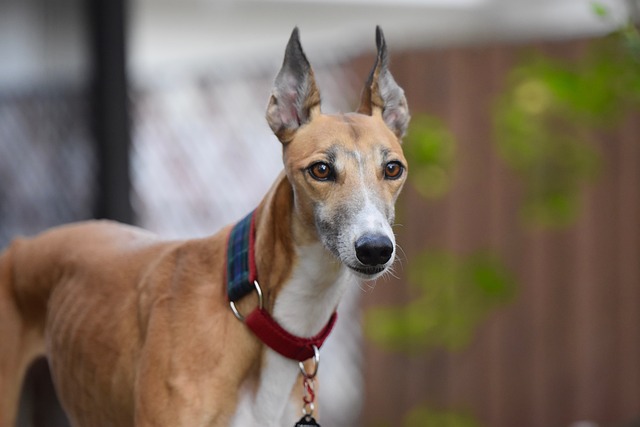
How do i train my dog to be obedient?
Watching your dog dart across the park ignoring your calls isn’t just frustrating—it can put them at risk near busy streets or public spaces.
Picture this: You return home to find cushions disemboweled, doorframes gnawed, and your favorite shoes in pieces. Before frustration takes over, remember—this isn’t revenge. Your dog is communicating in the only way they know: through chaos. Destructive alone-time behavior usually signals anxiety, boredom, or unmet instincts. Your mission? Decode the message and respond with compassion, not punishment. Start by playing detective. What gets destroyed? When does it happen? Those shreds of evidence hold vital clues.
Rule out pain or illness—fast. Sudden chewing obsessions (walls, furniture) often point to dental agony, digestive issues, or nutrient deficiencies. That vet visit isn’t optional; it’s urgent. Bloodwork and a thorough exam can uncover hidden discomfort turning your calm companion into a frantic wreck. If medication is suggested for anxiety, view it as a lifeline—not a cop-out. It creates the calm needed for training to stick.
Outsmart destruction with environmental control:
Confine them to a dog-proofed space (tile floors, no wires) using baby gates
Stash temptations: shoes behind doors, trash cans in locked cabinets
Spray bitter apple on baseboards or skirting boards
Crates? Only if they adore theirs—forced confinement fuels panic
Drain their energy before you walk out. A 15-minute sniff walk trumps 30 minutes of leash-pulling. Stuff a Kong with frozen peanut butter and kibble. Hide treats in a snuffle mat. Rotate puzzle toys weekly—boredom is the enemy. High-energy breeds? Try flirt pole sessions or backyard fetch. Mental exhaustion is your secret weapon against destruction.
Re-wire their panic triggers. Your dog sees keys jingling or coats zipping as doomsday prophecies. Practice these actions randomly—then immediately sit down. Next: open and shut the front door without leaving. Progress to stepping outside for 5 seconds while recording their reaction. Lavish rewards only for calm behavior. Go slower than you think necessary—rushing sets you back weeks.

Craft a departure ritual that means safety:
→ 20 mins pre-exit: White noise machine on (drowns out door slams)
→ 10 mins prior: Lick mat with yogurt in their safe zone
→ Exit silently—no dramatic goodbyes or lingering looks
Consistency tells them: "This is normal. I’m safe."
When it’s separation anxiety (not mischief):
If destruction comes with drooling, non-stop barking, or frantic pacing caught on camera, it’s terror—not rebellion. Seek a Certified Separation Anxiety Trainer (CSAT). Avoid "quick fix" tools like shock collars—banned in Wales, Germany, and parts of Australia—they amplify trauma.
Know your local liabilities: In apartments or terraced housing, chronic destruction noise risks fines or eviction under nuisance ordinances (like NYC’s "Bark Laws"). Proactive training isn’t just kindness—it’s legal protection. Keep dated training logs; they prove responsible ownership if complaints arise.
Call in reinforcements when stuck:
→ Insured dog walkers for midday breaks (verify licensing!)
→ Force-free trainers (look for IAABC accreditation)
→ Daycare—only if your dog thrives there (check staff ratios!)
Progress is messy—persist anyway. Some dogs improve in weeks; severe cases take months. Celebrate tiny wins: that unscathed door frame after 10 minutes alone. When you find chewed-up mail? Breathe. Repair the damage, not the bond. That first time you come home to a calm dog amid intact furniture? That’s victory.

Watching your dog dart across the park ignoring your calls isn’t just frustrating—it can put them at risk near busy streets or public spaces.

New puppy owners often find themselves rushing to clean up accidents before they set in, and that’s where puppy pad training becomes a game-changer.

If you've noticed your dog's waistline disappearing and your veterinarian has mentioned those few extra pounds, your first instinct might be to simply reduce the amount of food in their bowl.

Training a dog to use a designated spot indoors isn’t as daunting as many new owners fear, but it does take consistency and an understanding of your pet’s needs.

That moment of dread on a walk is all too familiar for many new dog owners. You see another dog approaching down the sidewalk of your neighborhood

If the sight of another dog on your neighborhood walk makes your heart sink as your own dog erupts into a frenzy of barking and lunging, you're not alone.